Using 100% renewable clean energy, plant-based materials for packaging lids and spoons, conducting carbon footprint assessments across the entire supply chain, achieving net-zero emissions, and inviting third-party audits and certifications... After passing through these layers, Nestlé China's first "carbon-neutral milk powder" was born.
Against the backdrop of rapidly awakening environmental awareness among Chinese consumers, carbon neutrality is not just an additional charitable project for food companies; it is a necessary action to fulfill social responsibilities and meet consumer demand for sustainable products. Globally, leading international food companies have made great strides in the field of carbon neutrality, earning widespread recognition from consumers, investors, and other stakeholders.
In this issue of Carbon Insight, based on the CREOS carbon neutrality methodology, we will break down the zero-carbon path of Nestlé, the world's largest food manufacturer, from calculation, reduction, promotion, offsetting, and communication.
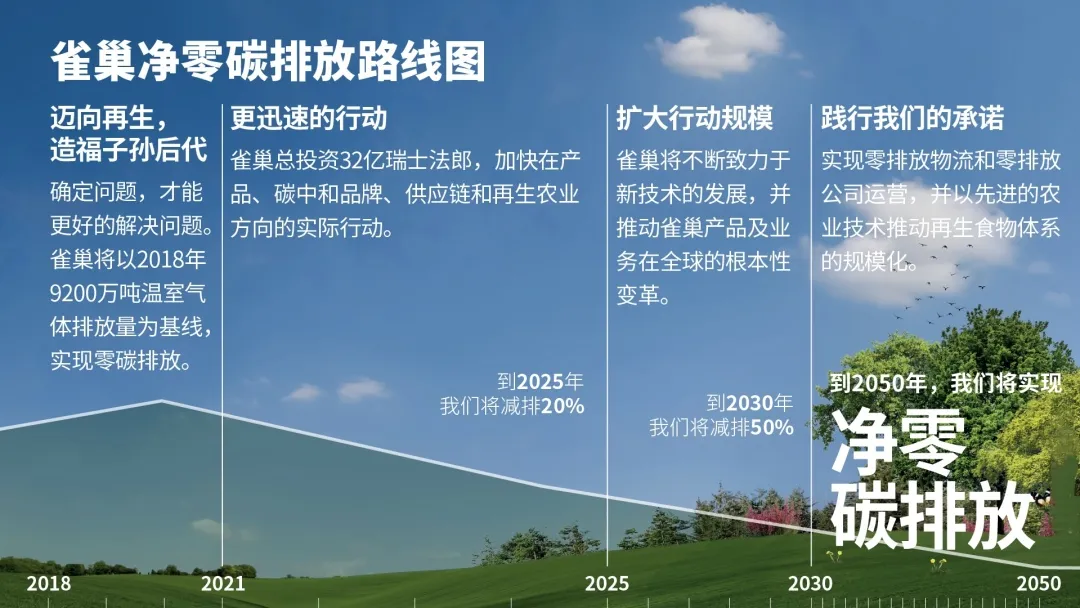
Source: Nestlé Official
01 Calculating(计算)
"Quantifying carbon emissions is always the most critical part of carbon emission management."
In 2018, Nestlé's greenhouse gas emissions amounted to 92 million tons of CO2 equivalent, similar to Procter & Gamble and Adidas, with the majority of Nestlé's emissions coming from supply chain activities. Greenhouse gases emitted from upstream raw material procurement accounted for 65.6 million tons of CO2 equivalent, representing 71.4% of the emissions within the committed scope.
To address this, Nestlé plans to remove 13 million tons of CO2 equivalent from the atmosphere by 2030, while continuing to develop projects that will yield results in the future, aiming to achieve net-zero carbon emissions by 2050.
Additionally, to better assess the progress of target implementation, Nestlé has established clear key performance indicators (KPIs) and optimized its central data tracking system to help allocate emission quotas and reduction tasks more effectively to specific business units. Nestlé also plans to standardize the greenhouse gas (GHG) accounting methods across its brands, simplifying the processes of comparison and target setting.
02 Reducing(减碳)
"After setting carbon neutrality goals and calculating carbon emissions, companies should first focus on identifying 'hotspots' of carbon emissions and reducing them."
Nestlé's "hotspots" of carbon emissions mainly come from agricultural activities. According to Nestlé's Net-Zero Roadmap, emissions from agricultural activities account for about two-thirds of Nestlé's total emissions. To address this, Nestlé has implemented measures such as "regenerative agriculture," "net-zero dairy," "forest-positive actions," and "zero-waste packaging strategies" to eliminate emissions generated from its agricultural activities.
1. Regenerative Agriculture
Regenerative agriculture is a farming method aimed at improving soil health and enhancing soil fertility, which helps reduce and capture rising carbon in the soil and plant biomass. The healthier the soil, the more resilient it is to the effects of climate change, and the higher its yield. Nestlé plans to invest 1.2 billion Swiss francs by 2025 to promote regenerative agriculture throughout its supply chain.
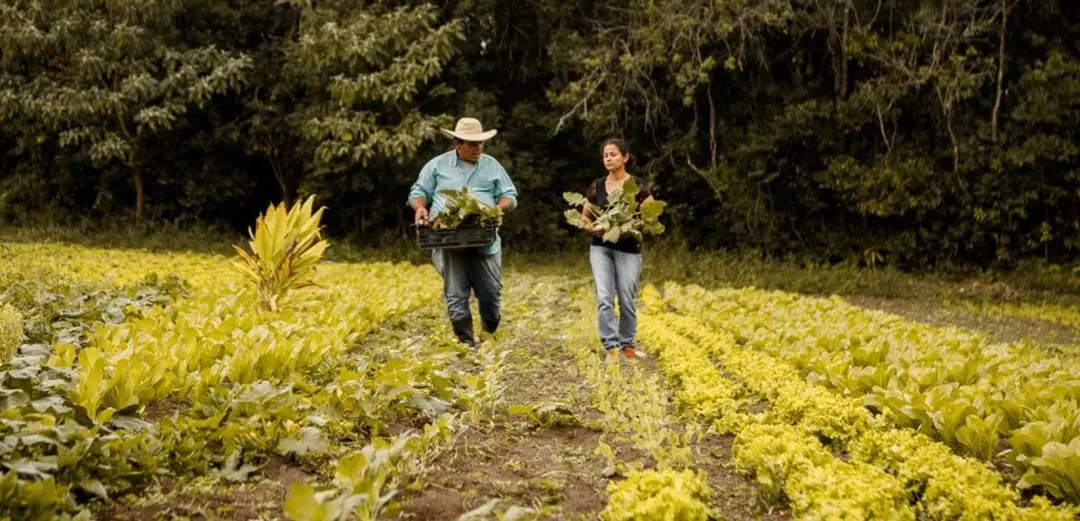
Source: Nestlé Official
2. Livestock Industry - Net-Zero Dairy
Nestlé is committed to developing net-zero dairy, including agroforestry (integrating trees and livestock grazing areas), mixed farming of livestock and crops, using cover crops to protect soil and optimize manure management, and sourcing raw materials in ways that positively impact the environment and society.
In Greater China, Nestlé focuses on sustainable feed, ensuring that the feed comes from regenerative agricultural practices; adopting scientifically nutritious feed formulas combined with feed additives to reduce methane emissions from animal rumination; introducing regenerative agricultural practices to enhance carbon storage capacity in farmland; supporting new technology research and development to improve farm efficiency, maximizing milk production while minimizing energy consumption.
Nestlé USA encourages dairy farmers across the country to adopt new technologies and more environmental measures based on economic considerations, such as fermenting cow manure and returning it to the fields, which reduces carbon emissions while effectively fertilizing crops.
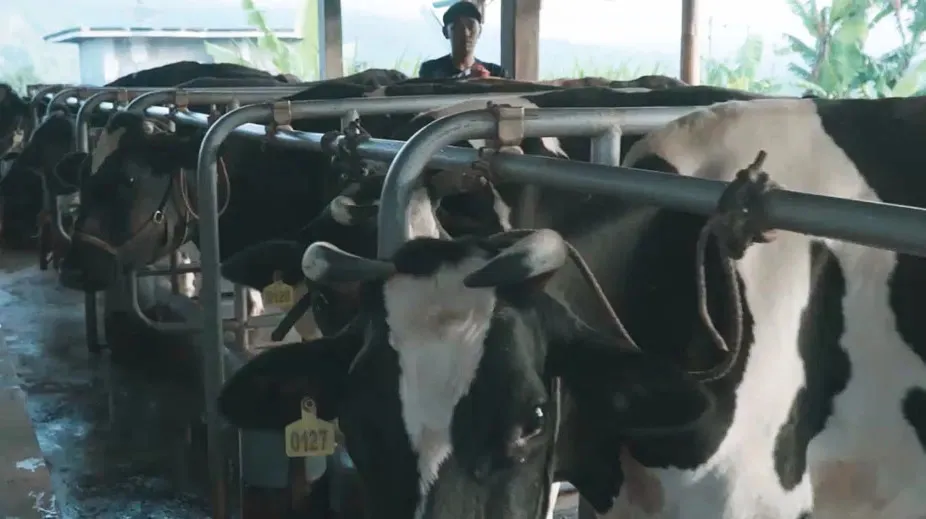
Source: Nestlé Official
3. Forest-Positive Actions
Eliminating deforestation in the supply chain: By 2021, 97.2% of the raw materials (42 million tons) in Nestlé's main supply chain had achieved a zero-deforestation rate.
Reforestation plan: By 2030, Nestlé aims to plant 200 million trees through its supply chain, promoting long-term reforestation. These trees will be planted on farms and lands where Nestlé sources its materials, effectively promoting nutrient cycling in the soil and enhancing farmers' resilience to climate change.
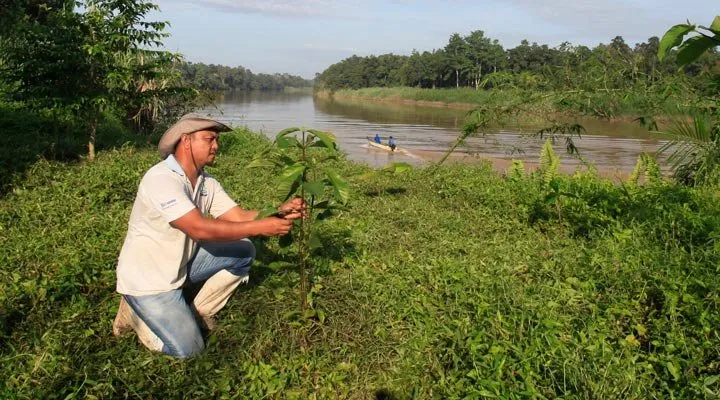
Source: Nestlé Official
4. Sustainable Energy
Nestlé continues to increase its adoption of renewable electricity, including wind and solar power, aiming to ensure that all electricity purchased by its global operations is 100% renewable by 2025.

Source: Nestlé Official
In addition to renewable electricity, Nestlé is also working with suppliers to increase the supply of renewable thermal energy from biogas and biomass on top of existing achievements.
The coffee factory in Girona, Spain, produces 40,000 tons of coffee grounds annually, 80% of which are used as fuel in biomass boilers.
5. Zero-Waste Packaging Strategy
Nestlé continuously develops more sustainable packaging and strives to reduce packaging waste, with specific measures including:
- Simplify packaging: Avoid unnecessary use of plastic caps, plastic accessories, plastic liners, and plastic films. For example, in Egypt, Nestlé Pure Life bottled water no longer uses plastic cap tear-off strips, which means a reduction of 240 tons of plastic use per year.
- Optimize packaging: Develop new packaging materials and solutions. For instance, Nestlé no longer provides plastic straws for any products but instead offers paper straws or straws made from other materials.
- Invest in innovative alternative delivery systems: For example, in Chile, Nestlé provides bulk delivery systems for Purina Dog Chow dog food; in Canada, Nestlé uses reusable containers for Häagen-Dazs ice cream.
- Improve product recycling infrastructure: Nestlé adheres to the principle of "one ton in, one ton out," organizing various promotional activities to actively recycle plastics. For example, building a digital platform in Italy to assist consumers in handling packaging waste, and launching the Tunyan Verde school project in Argentina, etc.
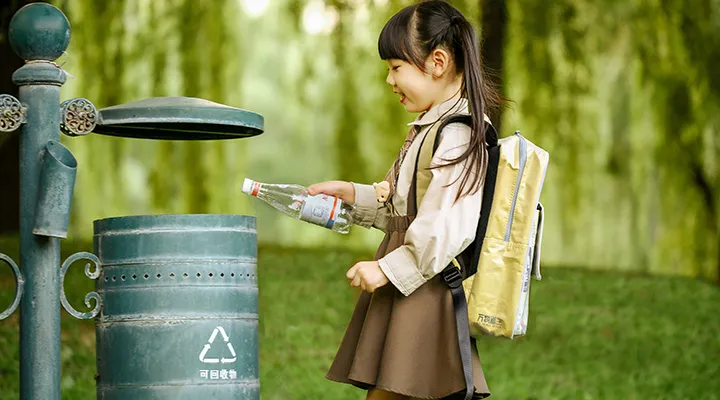
Source: Nestlé Official
03 Engaging(带动)
"For most companies, besides reducing their own emissions, how to mobilize internal members and ecosystem partners to reduce emissions together is where the greater value lies."
Nestlé USA was one of the early companies to join the net-zero emissions initiative and has encouraged many farmers to join the net-zero emissions effort through various collaborations. For example, through the BIRU Biogas Program, Nestlé provides training and assistance to dairy farmers to help build biogas digesters, converting cow manure into biogas for reuse in cooking and lighting.
At the 26th United Nations Climate Change Conference, Nestlé urged policymakers to support the acceleration of decarbonization in food production. Nestlé has joined several working groups of the World Business Council for Sustainable Development, including the Climate Change Task Force. Through various platforms, forums, and conferences, Nestlé regularly engages with stakeholders to advance its Creating Shared Value strategy.
04 Offsetting(抵消)
"For unavoidable carbon emissions, options like tree planting or purchasing carbon credits can offset those emissions, achieving 'zero emissions'."
In 2021, Nestlé planted24.6 milliontrees, offsetting9.7 milliontons of CO2 equivalent emissions. Additionally, Nestlé has driven many of its brands to invest in carbon sinks to offset emissions related to their products. To achieve brand carbon neutrality, Nestlé purchases high-quality carbon credits to fund natural climate solutions, tree planting, forest protection, rural community programs, and other activities outside its value chain.
05 Spreading(传播)
"After setting carbon neutrality goals and paths, companies should communicate them as early as possible to have a greater impact on the industry."
1. Participation in the China Development Forum
Nestlé Group CEO Mark Schneider participated as an external representative in the 22nd China Development Forum, engaging in deep discussions on the theme of "Expanding High-Level Opening-Up" with senior Chinese government leaders, global business leaders, international organizations, and Chinese and foreign scholars. At this forum, Mark Schneider further expressed Nestlé's commitment to investing in China and contributing to China's carbon neutrality goals.
2. Launch of the First Carbon-Neutral Milk Powder
Nestlé announced the launch of its first carbon-neutral product in the Chinese market, the NaturNes 3 Organic Milk Powder. According to available information, the milk source for this powder comes from organic farms in the Swiss Alps. Through multiple carbon reduction actions and high-quality carbon offsets, the entire supply chain has achieved carbon neutrality. This sets a good foundation for establishing carbon neutrality standards in the dairy industry and further supports China's dairy sector in achieving its 'dual carbon' goals.

Source: Nestlé Official
3. Nestlé Teams Up with Renew Everything to Launch the 'Recycling of Plastic Materials' Initiative
Nestlé Coffee teamed up with Renew Everything (formerly known as Aihuishou) to launch the 'Recycling of Plastic Materials' initiative, introducing several 'Daring to Be More with Recycled Materials' themed eco-friendly co-branded bags. These bags are made from recyclable packaging materials upgraded from Nestlé Coffee 142, and renowned rapper Vava serves as the Nestlé Coffee 1+2 Daring Partner, calling on young people to embrace an environmentally friendly attitude while following trends.
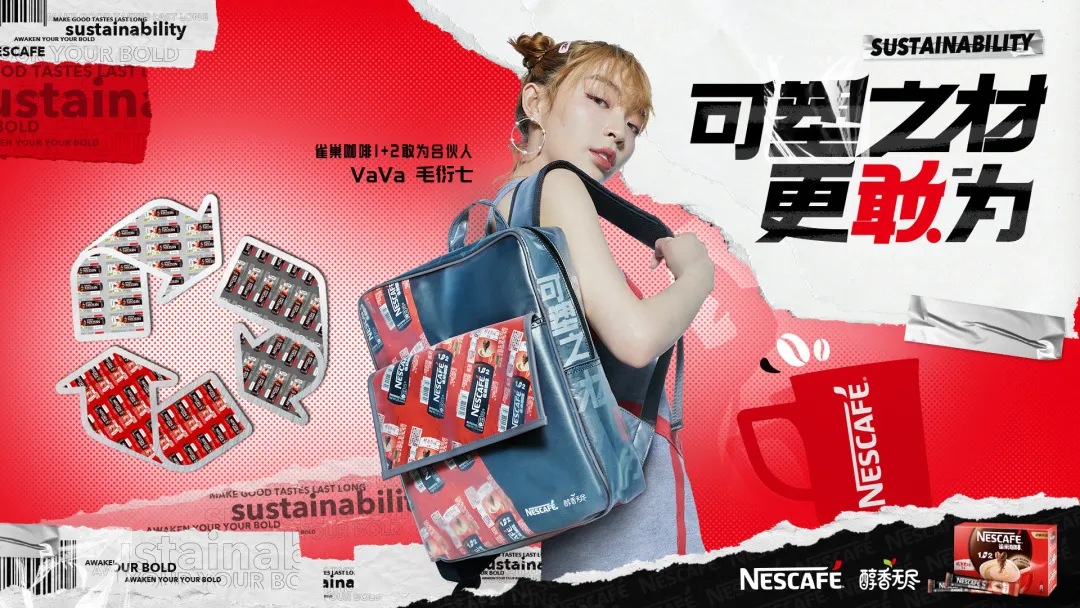
Source: Nestlé Official
It is reported that the food and beverage industry and its entire value chain contribute more than a quarter to global greenhouse gas emissions. At the same time, the food and beverage industry is significantly affected by climate change, such as reduced yields and decreased quality of agricultural raw materials essential to the industry. Therefore, emission reductions in the food and beverage industry are crucial not only for addressing climate change challenges but also for the industry's sustainable development. As a world-leading food giant, Nestlé's exploration of carbon reduction measures in agriculture, food processing, packaging, and retail demonstrates its corporate social responsibility and sets a direction for other food and beverage companies.
